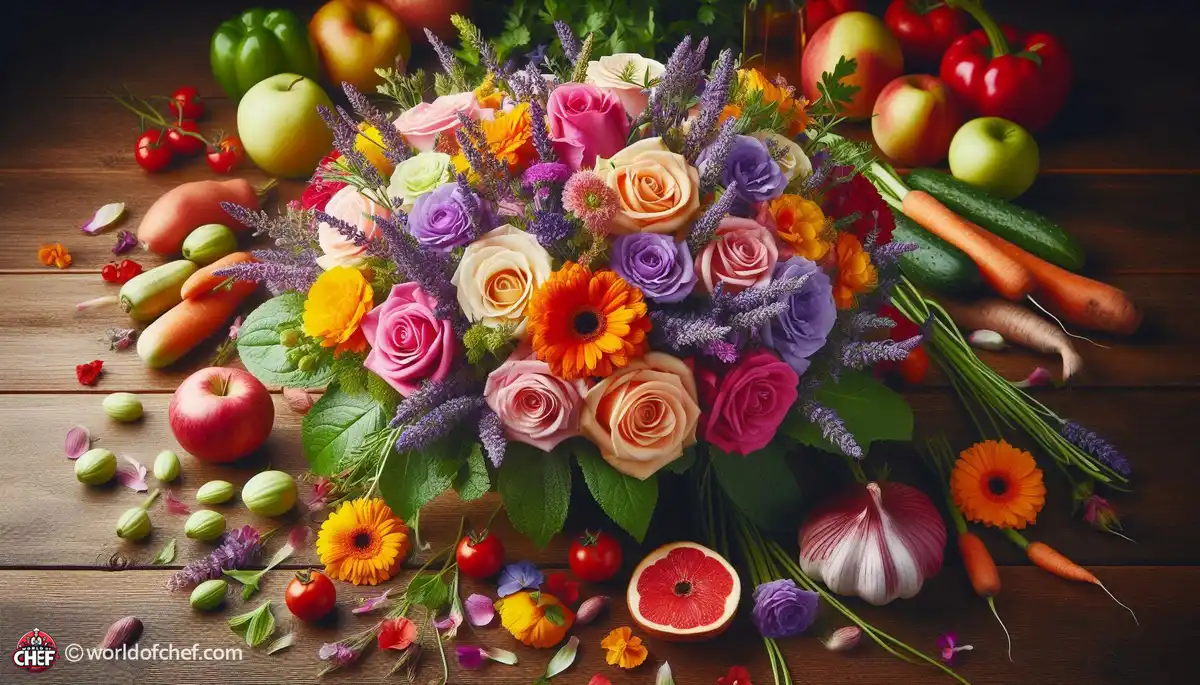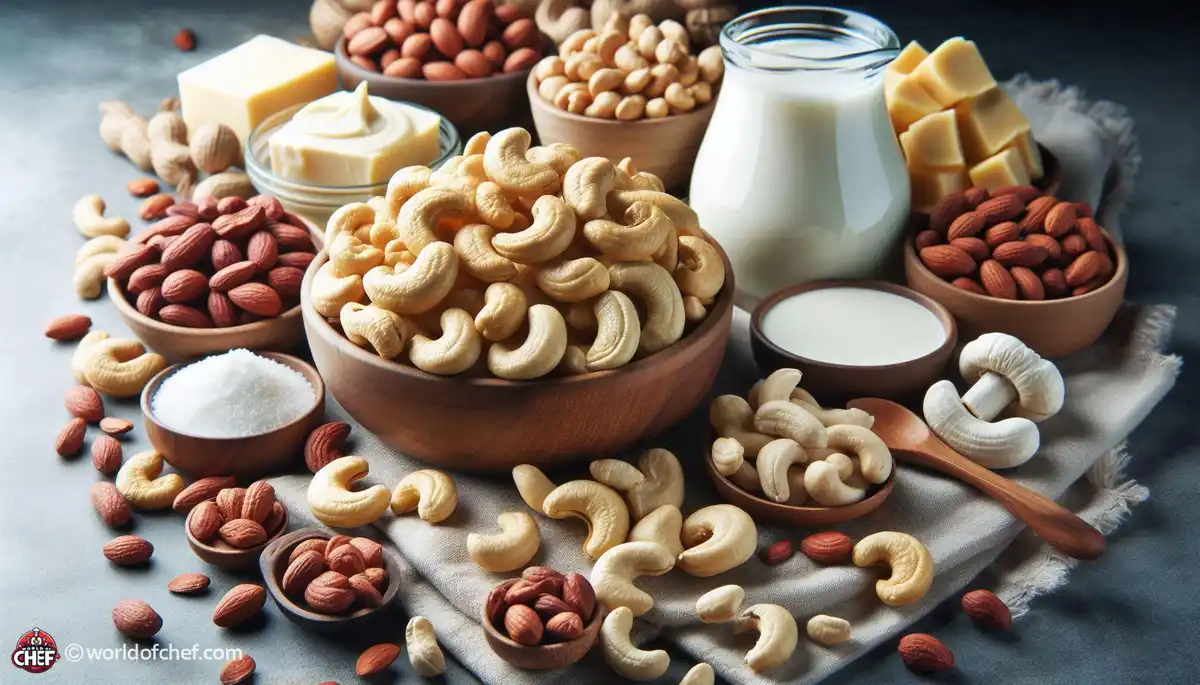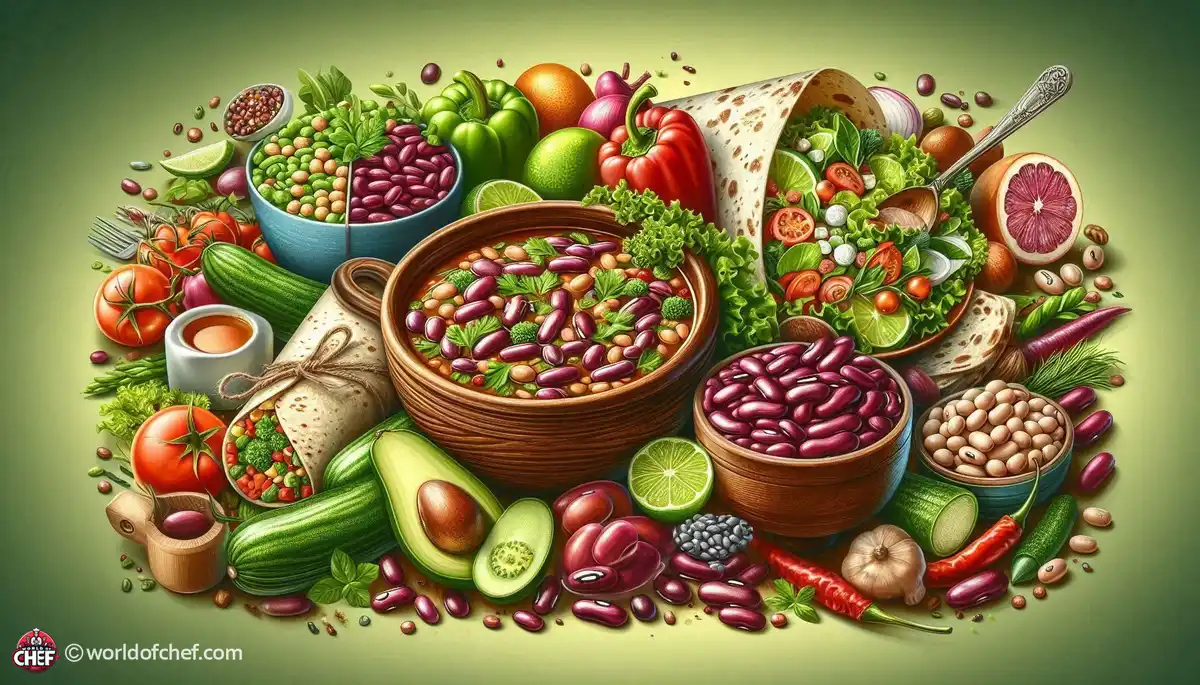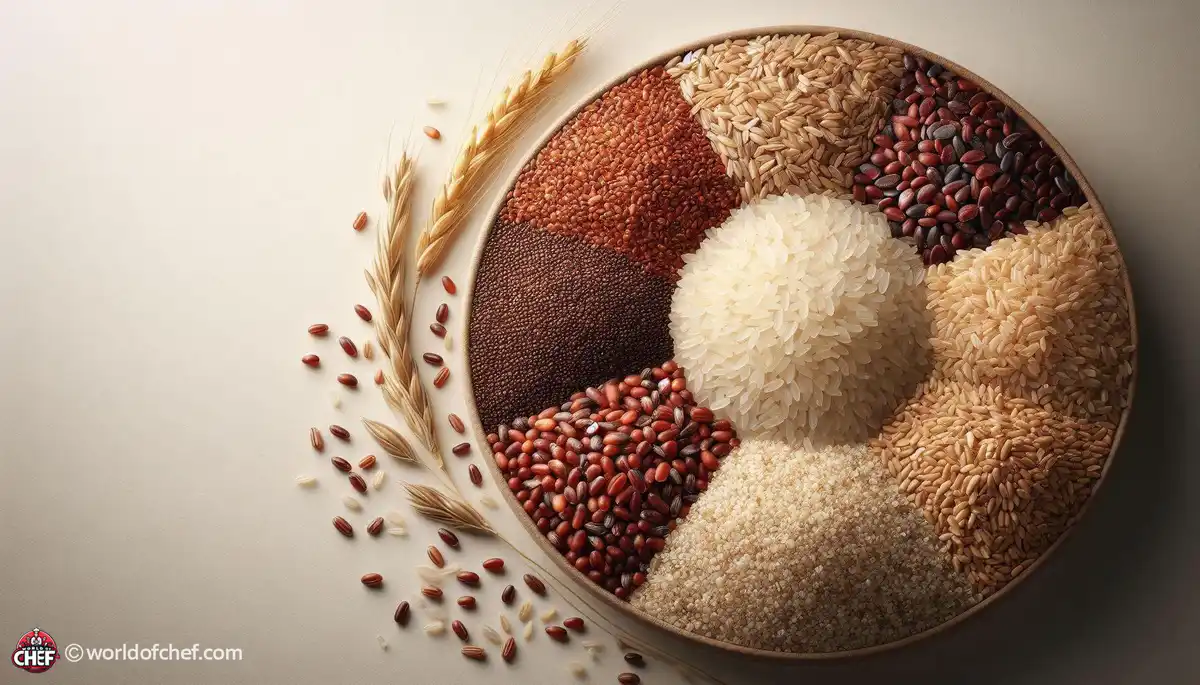
Unveiling the Power of Cruciferous Vegetables in Cancer Prevention
Eloise Jester - Mar 26, 2025 - 8 min read


A world where the culinary creations delight not only your palate but your eyes by their vibrant colors and intricate shapes. This is a world of edible flowers that not only make for delectable dishes but bring an array of health advantages as well. The delicate pansy, to the robust marigold, the realm of edible flowers is both abundant and alluring. EDIBLE Flower Variety SHOULD BE YOUR RIGHT CHOICE
With all ingredients, flowers used in food should be selected carefully for safety purposes and flavor. Not all flowers are edible and safe to use. Be cautious in ensuring that you acquire only the edible flowers tagged as good for food processing or produce them in a regulated area. You ensure what you add to your recipes is good-looking and healthy enough for consumption.
Edible flowers are not only beautiful but also nutritional. Many varieties are rich in vitamins A, C, and E, along with essential minerals such as potassium, calcium, and magnesium. These nutrient-dense beauties can be added to your meals in simple yet effective ways to enhance your overall health.
Combating oxidative stress is now more crucial in today's fast-paced world. Edible flowers have come to the rescue because of their high antioxidant content. These compounds neutralize free radicals in the body, which may decrease the chances of chronic diseases and help cells stay healthy.
Other than being edible, flowers come in a wide range of flavors. From sweetly subtle to mildly peppery, every flower adds an extra touch to salads, desserts, beverages, and even savory entrees. Mixing and matching these floral flavors can make an average meal turn into a gastronomic delight.
Food is not just a matter of taste but also presentation. Edible flowers are the natural way of decorating your creations. Scattered delicately on top of a cake or frozen in ice cubes for an icy drink, their colors and delicate petals bring class to any table.
The usage of edible flowers has existed since the time of yore in the preparation of cuisine. This is used more deeply within different parts of the world in terms of cuisines. Within the Asian diet, there has been an extensive usage of flowers such as hibiscus and lotus for their flavors, apart from holding a specific value in society. Within Europe, many cuisines utilize floral flavors, making them rich with a tapestry of heritage.
Edible flowers have been part of traditional cooking for centuries, but in modern gastronomy, they have become highly popular. Chefs and home cooks alike have been embracing these floral gems and using them in innovative dishes that combine tradition with modern flair. This combination expands the culinary horizon while also celebrating the natural bounty of the earth.
Flowers have been known to be used for medicinal purposes for the longest time. The flower types include edible ones and those like lavender and chamomile, which contribute to their soothing effect during the production of teas or infusions. Consumptions of such flowers help instill feelings of wellness or serenity.
Some edible flowers, such as calendula and nasturtium, have digestive properties and anti-inflammatory effects. They can be added to salad dressings or herbal remedies, which will promote good health in the gut as well as anti-inflammatory conditions. This way, people get a more wholesome approach to wellness through food.
For the green thumb, home cultivation of edible flowers can be a rewarding pastime. Find a sunny spot with good drainage and choose those varieties that will thrive in your climate. With proper care and attention, you can have a continuous supply of fresh blooms right at your fingertips.
Such harvesting and handling would preserve, both their beauty and flavour. Flowers must always be picked in the early mornings when they have just been harvested, treated gently taking great care not to squish them and kept somewhere cool, dry or must be consumed on the day. There are many cautions that have to be taken. Of course there is the very obvious consideration of knowing what flowers will be edible.
Although edible flowers are diverse, the relevance of what can be eaten and what not should be understood. There are some flowers that appear very beautiful but can be toxic to poisoning. Know what is edible and safe and avoid the flower types from the florist or nursery as they may be sprayed with pesticide not meant for food use.
Like any other food, there are allergies and sensitivities to edible flowers. If you have known allergies or are unsure about a specific flower, consult with a healthcare professional before using it in your diet. Always start with small amounts to gauge your body's reaction.
There is no need for it to be complicated. Start with something as simple as infusing water with edible flowers, or salad with edible petals, or garnishing desserts with edible flowers. Let your creativity blossom in the kitchen!
Now that you've mastered some simple floral additions, there is no reason not to continue exploring the culinary arts. Try recipes from a different culture, experiment with floral syrups and sauces, or create your own signature dishes using edible flowers as the stars. The possibilities are as broad as the floral kingdom.
Let your culinary journey blossom with vibrant hues and delicate flavors with edible flowers. They add a feast to the eyes but also nourish the body and soul. From their rich nutrient profiles to their cultural significance and culinary versatility, blooms offer a holistic approach to wellness and gastronomy.
So whether you are the master chef or a simple home cooking enthusiast, edible flowers make you a participant in this floral revolution. Armed with some knowledge, creativity, and a touch of floral inspiration, you will surely transform ordinary dishes into these extraordinaire culinary experiences. Happy cooking and bon appétit!

Eloise Jester - Mar 26, 2025 - 8 min read

Wayne Tobar - Mar 23, 2025 - 6 min read

Harold Turcios - Mar 19, 2025 - 7 min read

Nevaeh Zeng - Mar 16, 2025 - 6 min read